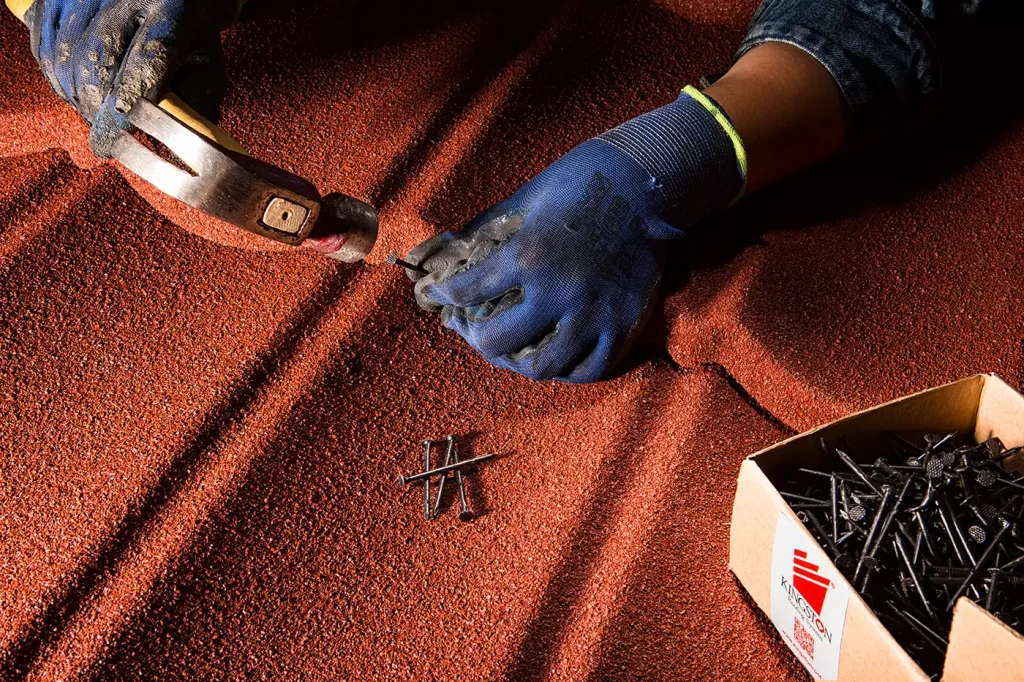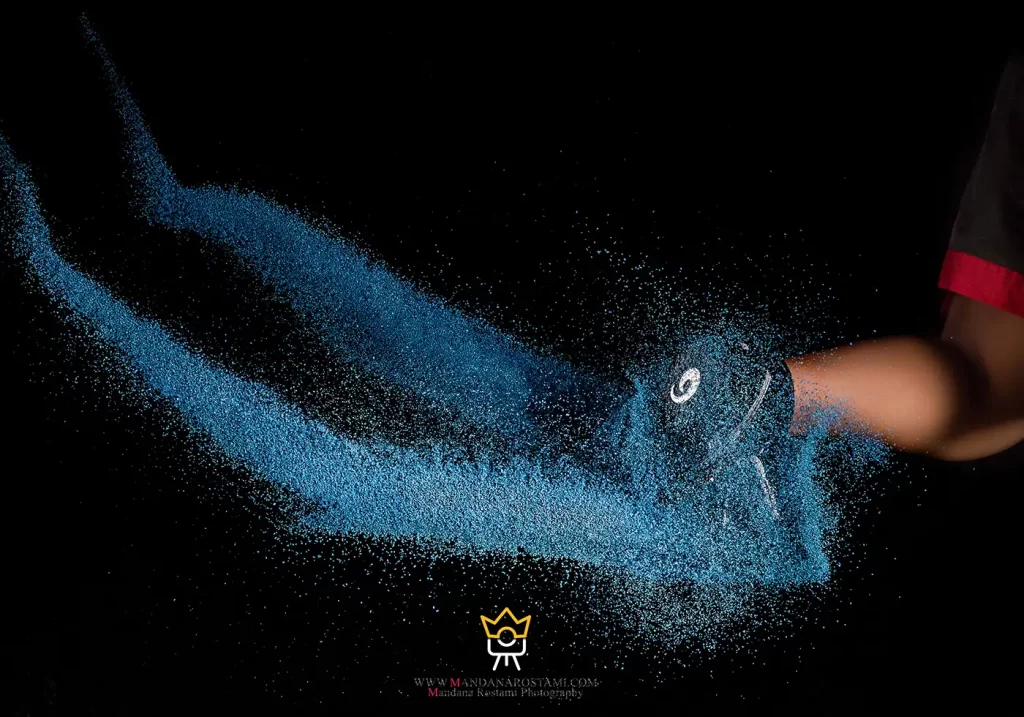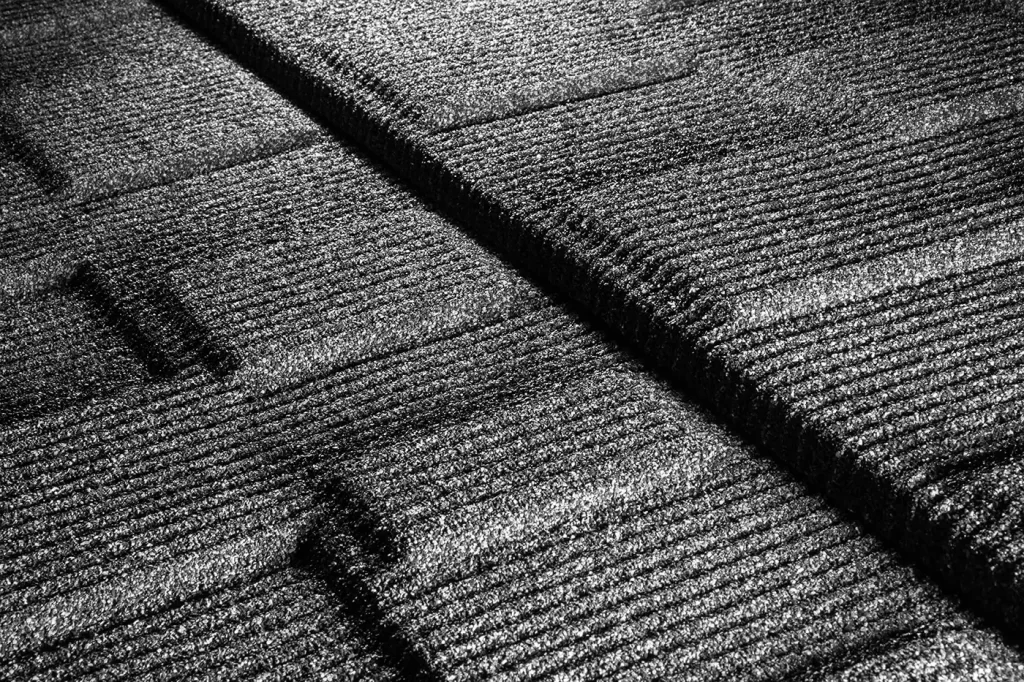At first glance, lighting a factory hall or production space may seem simple — just turn on a few powerful lights and start shooting!
But anyone who has ever set foot in an industrial environment knows how far that idea is from reality. Industrial photography is a world full of technical challenges: from balancing natural and artificial light to dealing with limited space, metal reflections, dust, and even high ambient temperatures.
In this article, we’ll explore, in a practical and professional way, the technical challenges of lighting and equipment in industrial environments — and how experience, creativity, and a deep understanding of light can turn those challenges into opportunities.
Main Categories of Industrial Photography
Industrial photography encompasses several distinct categories, each with its own goals and creative challenges. Production photography captures the rhythm and energy of manufacturing processes, while machinery photography focuses on the precision and design of equipment. Workforce photography tells the story of people behind the machines, showcasing teamwork and expertise. Industrial advertising photography aims to present products and facilities in a visually appealing way for promotional use. Lastly, construction and infrastructure photography documents the development and progress of engineering and building projects. Together, these categories form the visual backbone of the industrial world.
Technical Challenges
1. The Key Difference Between Industrial and Studio Lighting
In a studio, everything is under control — temperature, light intensity, background, and direction.
But in industrial settings, conditions are rarely ideal. Ceilings can reach ten meters high, with lighting fixtures impossible to access. Sometimes, sodium lamps cast a yellow tint over everything, distorting colors and tones.
- Challenge: Controlling light in large spaces with mixed light sources.
- Solution: Use color correction gels and adjustable LED lights to match the ambient lighting and maintain color balance.
2. Unwanted Reflections on Metal and Shiny Surfaces
Factories are full of metal machinery, stainless steel surfaces, and chrome parts — all notorious for reflecting light. A poorly angled light source can ruin the entire composition.
- Challenge: Managing light reflections on glossy materials.
- Solution: Use large diffusers, semi-transparent umbrellas, and angled lighting to scatter light evenly and soften reflections instead of eliminating them completely.
3. Limited Space for Equipment Setup
Sometimes, the distance between the camera and the machine is less than two meters.
In such confined spaces, setting up a tripod, softbox, or additional light source is nearly impossible.
- Challenge: Lack of space for professional lighting setups.
- Solution: Use compact yet powerful lights (like the Godox AD200) and flexible mounting systems such as clamps or arm stands that can attach directly to machinery.
4. Mixing Natural and Artificial Light
Some areas receive daylight from windows, while others are lit by industrial lamps with completely different color temperatures. Mixing these light sources can confuse the camera’s white balance and ruin color accuracy.
- Challenge: Color temperature inconsistency between natural and artificial light.
- Solution: Take test shots with various white balance settings and use a gray card for precise color calibration during post-production.

5. Environmental Risks for Equipment
Industrial spaces are often filled with dust, moisture, grease, and heat — all potentially harmful to delicate camera gear. Even microscopic metal particles in the air can damage sensors or lenses.
- Challenge: Protecting photography equipment in harsh environments.
- Solution: Use dustproof covers, UV filters, microfiber cloths, and rugged cases like Pelican.
- Experience shows that even a gentle industrial breeze can coat your camera with metallic dust in minutes!
6. Lighting for Moving Subjects
Capturing motion — workers in action or machines operating — is one of the hardest parts of industrial photography. The light must not only be bright but also fast enough to freeze movement.
- Challenge: Freezing fast motion in low-light conditions.
- Solution: Use studio flashes with short flash durations and set the shutter speed high to capture crisp, dynamic images.

7. Managing Shadows in Complex Environments
In industrial settings, shadows are the enemy of detail. Harsh or misplaced shadows can hide critical parts of machinery or make an image look chaotic.
- Challenge: Avoiding harsh shadows without flattening the image.
- Solution: Replace one strong light source with multiple weaker ones from different angles to evenly fill in shadows and retain depth.
10 Common Industrial Photography Mistakes That Ruin Your Brand Image
8. Color Temperature and the True Feel of Materials
When colors of metal, plastic, or glass are inaccurately rendered, the image fails to represent the real atmosphere of the facility. Incorrect color temperature can make a modern factory look old and dull.
- Challenge: Preserving the authentic color and texture of materials.
- Solution: Manually adjust the Kelvin temperature on your LED lights and apply ICC color profiles during editing to maintain true tones and depth.

9. Combining Lighting Technique with Storytelling
Industrial photography isn’t just about showing machinery — it’s about capturing the soul of production. Sometimes, the goal is to evoke strength, precision, or innovation through light.
- Challenge: Creating emotional impact in technical imagery.
- Solution: Blend ambient and artificial light creatively, use shadows to shape emotion, and choose angles that express energy and purpose.
10. Coordination Between Photographer and Production Team
Photographers often work alongside technicians and operators who can’t stop the machines just for a photo. Every minute of downtime costs money.
- Challenge: Working efficiently without disrupting production.
- Solution: Plan ahead, coordinate shooting phases, and schedule lighting adjustments during low-traffic times or shift changes.
How to Choose the Right Industrial Photographer for Your Company
Benefits and Applications of Industrial Photography in Factories
Industrial photography in factories plays a vital role in showcasing a company’s capabilities, technology, and professionalism. It helps manufacturers present their production processes, modern machinery, and skilled workforce in a visually compelling way that builds trust with clients and investors. High-quality industrial photos are widely used in company websites, brochures, trade shows, and social media to communicate reliability and innovation. Beyond marketing, these images are also valuable for internal documentation, safety training, and quality control. In essence, professional industrial photography turns complex technical operations into powerful visual stories that strengthen a brand’s identity and market presence.
Pro Lighting and Equipment Tips for Industrial Environments
| Topic | Professional Lighting & Equipment Tip |
| Using the Key Light | Position your main light at a 45° angle to the subject. |
| Controlling Reflections | Use a polarizing filter to reduce unwanted glare. |
| Mixing Warm and Cool Lights | Combine 3200K (warm) and 5600K (cool) lighting for depth. |
| Soft Lighting for Metals | Use a large softbox or umbrella to diffuse the light. |
| Spot Lighting for Details | Apply focused spotlights to highlight technical features. |
| Balancing Ambient and Artificial Light | Measure ambient light first, then match artificial light accordingly. |
| Freezing Motion | Use fast flashes with short flash duration. |
| Color Accuracy | Use a gray card and set custom white balance manually. |
| Protecting Equipment | Use dustproof covers and UV filters on your lenses. |
| Multi-Light Setup | Use several low-intensity lights instead of one powerful source. |
Conclusion
Lighting in industrial photography is more than a technical skill — it’s an understanding of space, structure, and emotion.
A skilled industrial photographer must not only master the physics of light but also feel the rhythm of production.
When technical precision and creative insight meet, every beam of light becomes part of a story — the story of human ingenuity and the art hidden within industry.
